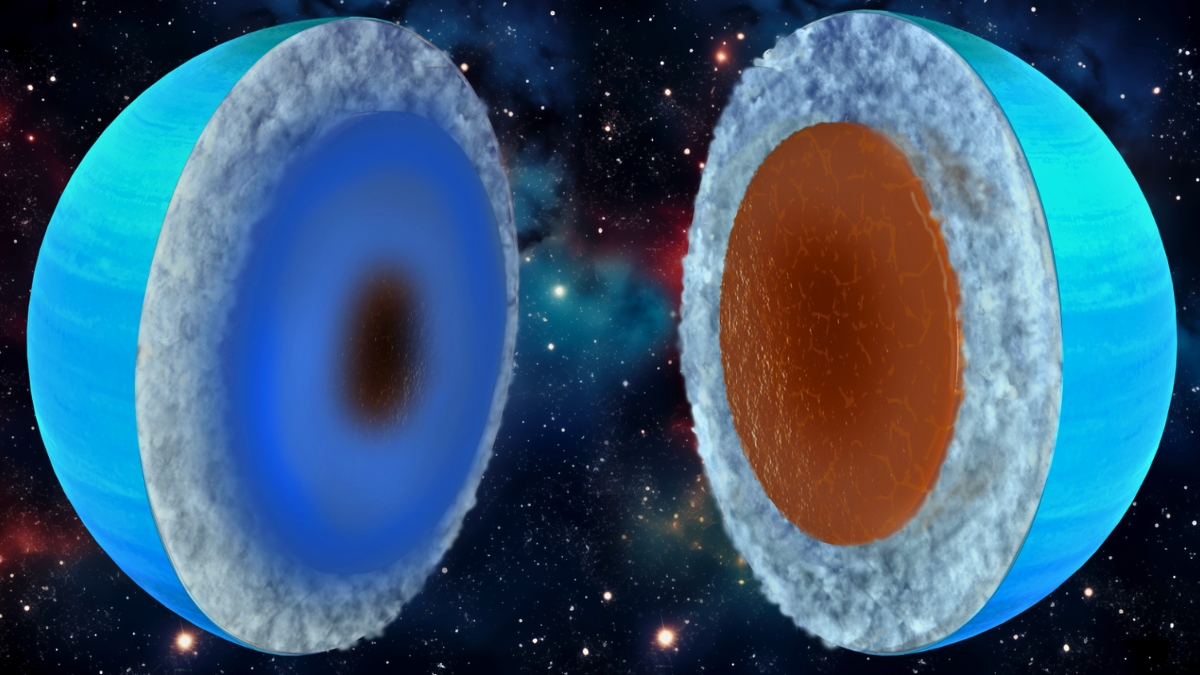Although they are technically gas giants, Uranus and Neptune are referred to as “ice giants” due to their composition.
This refers to the fact that Uranus and Neptune have more methane, water, and other volatiles than their larger…

Although they are technically gas giants, Uranus and Neptune are referred to as “ice giants” due to their composition.
This refers to the fact that Uranus and Neptune have more methane, water, and other volatiles than their larger…

Understanding the dynamics of quantum systems as they transition between different states remains a central challenge in physics, and recent work by Jia Li and Yajiang Hao from the University of Science and Technology Beijing, along with their…

Cancer is one of the leading causes of death in the U.S., second only to heart disease. But a new cancer treatment method from CU Boulder researchers uses sound waves to soften tumors and could be a potent tool against the…